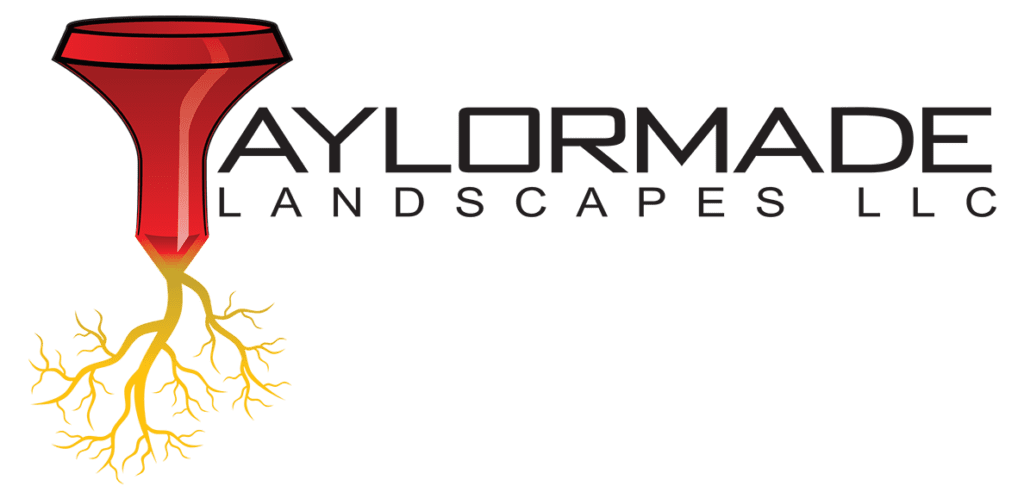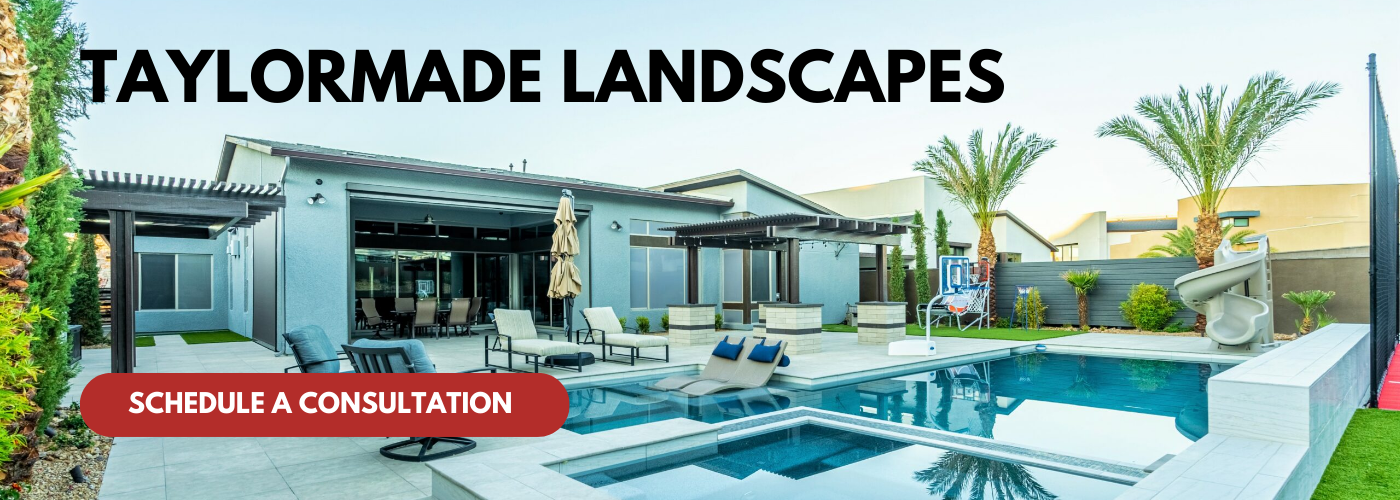As we enter 2025, the concept of outdoor living has evolved into a vital extension of our homes, transforming backyards, patios, and gardens into multifunctional spaces for relaxation, entertainment, and wellness. At the heart of this transformation lies hardscape design—a pivotal element that combines functionality with aesthetics, creating durable surfaces and structures that enhance our outdoor environments. From elegant paving stones and sophisticated retaining walls to intricate pathways and bespoke fire pits, hardscaping offers endless possibilities for homeowners seeking to elevate their outdoor experiences.
In recent years, the implications of climate change, urbanization, and a growing emphasis on sustainability have prompted a reevaluation of how we approach outdoor spaces. Hardscape design not only addresses the practical needs of managing water runoff, soil erosion, and seasonal climate challenges but also allows for a creative expression of personal style and lifestyle. In 2025, innovative materials and advanced technologies are reshaping traditional hardscaping methods, making it easier than ever to integrate eco-friendly solutions into outdoor aesthetics. As more people strive to create serene and functional spaces, hardscaping becomes a crucial tool in blending nature and architecture harmoniously.
Moreover, the fusion of hardscape and softscape elements is increasingly recognized as essential in creating inviting environments. By thoughtfully incorporating features such as terraces, outdoor kitchens, and seating areas, hardscape design not only enhances the utility of outdoor spaces but also defines zones for social interaction and relaxation. As we explore the significance of hardscape design in contemporary outdoor living, we will delve into the trends, innovations, and practical insights that are shaping our outdoor experiences in 2025. Whether you aim to create a tranquil retreat or a vibrant gathering space, understanding the potential of hardscape design can empower you to transform your outdoor realm into a haven tailored to your personal desires and ecological considerations.
Sustainable Materials in Hardscape Design
The significance of sustainable materials in hardscape design has surged in recent years, and this trend is set to flourish even further in 2025. Sustainable materials, such as permeable pavers, recycled concrete, and reclaimed wood, not only benefit the environment but also enhance the aesthetic appeal and practicality of outdoor spaces. By utilizing resources that lessen the environmental impact, homeowners and designers alike can create hardscape elements that are both durable and ecologically responsible. The shift towards sustainability is a response to growing environmental consciousness and the desire for landscapes that harmonize with natural ecosystems.
In 2025, the incorporation of sustainable materials in hardscape projects will reflect a broader commitment to environmental stewardship. These materials often require less energy to produce and transport, thereby reducing the overall carbon footprint of a project. For instance, permeable pavers enable better water management by allowing rainwater to infiltrate the ground, enhancing groundwater recharge and decreasing runoff. As a result, not only do these materials mitigate flooding concerns, but they also contribute to creating visually pleasing patterns and designs in patios, walkways, and driveways.
Moreover, the aesthetics of sustainable hardscape materials can rival traditional options. Homeowners are increasingly drawn to unique textures, colors, and finishes that eco-friendly materials can offer. The use of reclaimed wood, for example, can lend character and history to outdoor spaces while promoting the reuse of existing resources. With advancements in technology, sustainable products are becoming more accessible and diverse, encouraging a wider adoption of these eco-conscious choices.
The integration of sustainable materials into hardscape design creates outdoor living spaces that are not only visually appealing and functional but also aligned with the values of the modern homeowner. As the demand for eco-friendly solutions continues to rise, hardscape designers will be focused on leveraging recycled and sustainable materials to craft outdoor spaces that are both beautiful and kind to the planet. This approach reinforces a growing narrative where outdoor living is not only about luxury and leisure but also about respecting and enhancing the environment we live in.
Integration of Smart Technology
The integration of smart technology into hardscape design represents a transformative approach to enhancing outdoor living spaces in 2025. As technology continues to evolve, homeowners are increasingly seeking solutions that not only improve aesthetics but also boost functionality and convenience. Smart technology encompasses a wide range of innovations, including automated lighting systems, smart irrigation, and even screens that adjust based on atmospheric conditions. These advancements make outdoor spaces more interactive, responsive, and enjoyable.
One of the most significant benefits of incorporating smart technology into hardscape design is the ability to control environmental factors remotely. For instance, smart irrigation systems can monitor soil moisture levels and weather conditions to optimize watering schedules, conserving water and promoting healthier landscaping. Additionally, outdoor lighting connected to a smart home system allows for customizable settings, enabling homeowners to set the mood for gatherings or enhance security during nighttime hours. These integrations not only elevate the user experience but also contribute to sustainability by minimizing resource wastage.
In 2025, as the demand for multifunctional outdoor spaces continues to grow, the role of smart technology will become even more pronounced. Homeowners will be able to create versatile environments that serve various purposes, from relaxation to entertainment. An integrated outdoor music system can provide ambient sound for parties, while smart screens can offer entertainment options or project movies for outdoor cinema nights. This versatility reinforces the concept of outdoor spaces as extensions of the home, catering to a wide range of activities and preferences.
Moreover, the future of hardscape design will likely see even more innovative uses of smart technology. Imagine walkways embedded with LED sensors that light up as people approach or seating areas that can adjust for comfort at the push of a button. These features will not only enhance the aesthetic appeal of outdoor spaces but also improve their usability, ensuring that homeowners can enjoy their yards more fully throughout every season. Overall, the integration of smart technology into hardscaping is set to revolutionize outdoor living, making it more functional, sustainable, and enjoyable in the years ahead.
Multifunctional Outdoor Spaces
The concept of multifunctional outdoor spaces has become increasingly significant in hardscape design, especially as we look towards 2025. With urbanization on the rise and available outdoor space often at a premium, homeowners and designers alike are embracing the idea of creating areas that serve multiple purposes. This approach not only maximizes the use of limited space but also enhances the overall experience of outdoor living. Multifunctional areas can include features such as outdoor kitchens, dining areas, fire pits, lounges, and even workspaces, effectively transforming gardens, patios, and balconies into versatile environments suited to various activities.
In 2025, as lifestyles evolve, the need for adaptable outdoor spaces will become even more pronounced. For instance, the pandemic has led many people to spend more time at home, resulting in an increased desire for outdoor spaces that can accommodate gatherings, relaxation, and recreational activities. A well-designed multifunctional outdoor space can seamlessly transition from a lively dinner setting to a peaceful retreat for morning coffee, or even a small workspace for telecommuting. This adaptability not only enhances the utility of the space but also fosters a deeper connection with nature, promoting well-being and mental health.
Hardscape elements play a crucial role in achieving these multifunctional spaces. Materials such as modular pavers can be easily rearranged to create different layouts, while retaining walls can double as seating or planters. Incorporating features like built-in benches or tables can provide additional functionality without compromising on style. Furthermore, integrating smart technology into these spaces can optimize how they are used; for instance, adjustable lighting and temperature control can create the perfect atmosphere for any occasion.
The push for multifunctional outdoor spaces also correlates with the growing emphasis on sustainability in design. By investing in hardscapes that serve multiple purposes, homeowners can reduce waste and decrease the need for excessive materials. The careful selection of durable and sustainable materials will ensure these spaces not only meet aesthetic desires but also stand the test of time. As we advance toward 2025, the focus on multifunctionality in hardscape design will undoubtedly shape the way we interact with our outdoor environments, making them more engaging and suited to contemporary life.
Eco-Friendly Drainage Solutions
Eco-friendly drainage solutions are increasingly becoming a hallmark of modern hardscape design, especially as outdoor living spaces evolve in 2025. These drainage systems are engineered to manage stormwater effectively while minimizing environmental impact. Traditional drainage systems often lead to excessive runoff, which can cause erosion, flooding, and water pollution. In contrast, eco-friendly approaches such as permeable paving, bioswales, and rain gardens allow water to be absorbed back into the ground. This not only helps replenish groundwater supplies but also supports local ecosystems.
The integration of green infrastructure within hardscape design is crucial for homeowners and urban planners who are committed to sustainability. Permeable surfaces, such as porous concrete or permeable pavers, facilitate natural water infiltration, reducing the strain on municipal stormwater systems. Additionally, these solutions can mitigate the urban heat island effect by allowing moisture to evaporate from the soil, which can cool surrounding areas during hot summer months. In this context, eco-friendly drainage plays a dual role; it addresses practical water management challenges while enhancing the overall aesthetic and functionality of the outdoor space.
Moreover, with climate change leading to more intense storms and unpredictable weather, implementing eco-friendly drainage solutions in 2025 is essential for the resilience of outdoor living environments. Homeowners can enhance their outdoor spaces not just for beauty, but for sustainable living. By incorporating features like rain gardens that serve both as decorative elements and effective drainage solutions, homeowners can create landscapes that stand the test of time. The addition of native plants in these gardens can further strengthen the ecological impact, as they require less water and attract local wildlife, creating a harmonious balance between human use and nature. As we move forward, the relevance of eco-friendly drainage solutions will only grow, making it an integral part of designing functional and environmentally responsible outdoor spaces.
Aesthetic Trends in Hardscape Design
Aesthetic trends in hardscape design are continuously evolving and play a crucial role in enhancing the overall appeal of outdoor living spaces. As we approach 2025, these aesthetic trends are not only focused on the visual aspects of hardscaping but also on creating spaces that harmonize with nature, promote sustainability, and meet the practical needs of homeowners. Elements such as color palettes, textures, materials, and layout will be influenced by ongoing shifts in design philosophies, cultural influences, and advancements in technology, leading to more engaging and functional outdoor areas.
One of the leading trends is the integration of natural materials that mimic the look and feel of their surroundings. Homeowners are increasingly seeking hardscape elements like rustic stone paths, wooden decks, and vibrant, eco-friendly pavers that blend seamlessly with the landscape. This preference for natural aesthetics is partly driven by a growing awareness of environmental issues and sustainability. Manufacturers are responding to this trend by creating innovative products that not only look good but also have a minimal ecological footprint. For instance, permeable pavers that allow water to seep through, reducing runoff and promoting groundwater recharge, are gaining popularity due to their sustainability and appeal.
Another significant aesthetic trend is the use of bold colors and creative patterns. Designers are moving away from the neutral monochromatic spaces of the past and embracing more vibrant palettes that reflect personal style and add personality to outdoor areas. This trend encompasses everything from brightly colored patio tiles to mood-setting outdoor lighting fixtures that create an inviting atmosphere for nighttime enjoyment. Additionally, the incorporation of artistic elements, such as decorative features or sculptural elements, can enhance the visual intrigue of a hardscape and serve as a focal point that draws people in.
Moreover, outdoor living spaces are becoming multifunctional, with aesthetics playing a vital role in defining different zones for relaxation, entertainment, and dining. The design of these zones often involves the use of transitional hardscape elements like built-in benches, fire pits, or outdoor kitchens that not only serve practical purposes but also enhance the overall beauty of the area. As outdoor living continues to be an extension of the home, aesthetic trends will increasingly focus on comfort, usability, and the emotional connection that spaces evoke, ultimately leading to more enriched and meaningful experiences in nature.
In summary, aesthetic trends in hardscape design will significantly improve outdoor living spaces in 2025 by promoting a harmonious blend of natural materials, vibrant colors, and multifunctional elements. These trends will not only elevate the visual appeal of outdoor areas but also foster a greater appreciation for nature and encourage sustainable practices in design. As homeowners seek to create personalized, functional, and beautiful outdoor environments, the aesthetics of hardscape will play a pivotal role in shaping their experiences and enhancing their connection to the natural world.



